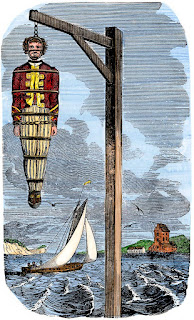Nigerian Civil War war [1967–1970]

Nigerian civil war between Nigeria’s federal government and the secessionist state Biafra that lasted from 1967 to 1970. Nigeria became an independent country on October 1, 1960. Abubakar Tafawa Balewa was its first federal prime minister—he had held that position since 1957—and Nnamdi Azikiwe became its president of the Senate, which was a largely ceremonial role. Following a UN-supervised referendum in 1961, the northern part of the Trust Territory of the Cameroons joined Nigeria’s Northern region, while in October the Southern Cameroons united with Cameroun to form the Federal Republic of Cameroon. On October 1, 1963, Nigeria became a republic, with Azikiwe as its president, although, as prime minister, Balewa remained more politically powerful. In Nigeria and its surrounding region, long-standing regional stresses—ethnic competitiveness, educational inequality, and economic imbalance being the most prominent—again came to the fore in a controversial census du...





